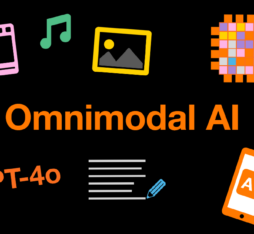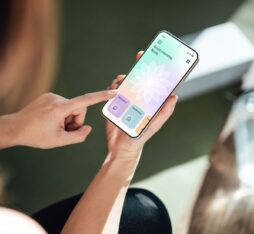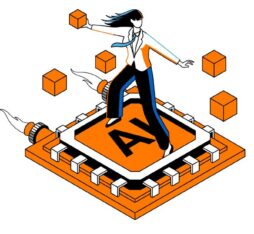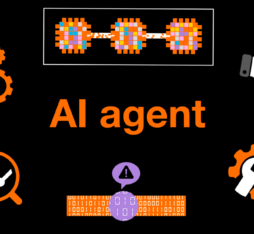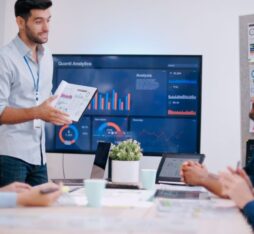● These automated solutions generate educational exercises and content, tools on tablets to improve students' writing skills, as well as personalize student support.
● Cognitive science helps to develop learning tools to assist teachers, maintain students’ curiosity and encourage them to improve.
More and more student apps and solutions using artificial intelligence algorithms are emerging on this growing market to make teachers’ jobs easier. According to David Guérin, an investor specialized in EdTech, “The use of AI in education mainly focuses on creating content. The idea is to use AI to create faster, cheaper educational content with raw data.” Because now, explains Nathalie Loye, a professor at the University of Montreal’s faculty of education, “Educational approaches must adapt to the new tools that are within the teachers’ and students’ reach. These tools will lead us to increasingly focus on developing skills such as critical thinking and creativity that expedite access to knowledge. I believe we must also exercise judgment when choosing what we use as student learning tools. There are skills students need to develop, which means they shouldn’t systematically receive support that discourages them from doing so.”
Automatic generation of teacher content
Teachers can use these tools to automate the creation of content in various formats, including MCQs, interactive videos and exercises that are personalized according to content provided by the students. Companies like Nolej and Corolair offer these kinds of tools. Using OpenAI technologies, Corolair provides a space where teachers can automatically generate MCQs from their own course material along with other kinds of content. “We mostly target higher education teachers abroad and companies offering e-learning,” explains Romain Morvant, one of the start-up’s co-founders. “The idea is to free teachers from tedious tasks. Teachers can also request the addition of other features, such as the ability to automatically update their courses using new data and documents.”
Our tools permit teachers and students to receive immediate feedback, something teachers managing 30 students can’t easily do on their own.
Automatic correction for learning writing skills
Guérin believes this is just the beginning: “New usages will quickly appear. We are starting to see solutions that integrate AI to further personalize the learning experience, specifically regarding feedback, and create customized learning paths according to learners’ needs. This is what Benoit Jeannin offers with apps like Kaligo, a digital notebook for learning to write. “Our integrated AI technology can analyze a child’s written work on a tablet and correct it. It uses engines developed by public laboratories, like IRISA (Research Institute of Computer Science and Random Systems) in Rennes, France. This way, we can understand the direction of the lines, their order, as well as the shape of words and characters. Our tools allow teachers and students to get immediate feedback, a task a teacher with 30 students can’t accomplish on his or her own. Kaligo, which has a growing presence in Scotland, also offers solutions to help pronounce words correctly,” says Jeannin.
Adaptive learning: personalized courses
The way students learn to read is also changing. For example, Lalilo has developed an app for teaching fourth to sixth graders – available free of charge in France – that automatically generates exercises according to each student’s comprehension level. Called , it is useful in maintaining students’ motivation regardless of their level or learning curves. Thierry de Vulpillières, an entrepreneur and the former director of educational partnerships at Microsoft, has impressive expertise in this field. Vulpillières’s program Evidence B offers cognitive science-based adaptive learning solutions. “Our starting point is not textbooks but the human brain. This is why we develop learning modules we call curriculum agnostic, for example, to help children understand fractions.” The adaptive fraction module offers some 800 exercises to help schoolchildren go from a symbolic approach to an abstract understanding. These tools ultimately indicate when children need to deepen their knowledge, offer them adapted exercises, and nurture their sense of curiosity. This avoids over-complicating their tasks while maintaining a tension to encourage them to learn more. This approach allows teachers to develop closer relationships with students and better understand their behavior. “AI also makes it possible to use machine learning on teaching platforms in order to analyze the traces left by learners on these systems, identify those who are at risk, and provide them with personalized support using a chatbot or conversational agent, for example. It allows the use of massive data of various kinds to establish student profiles and provide them with personalized support and more,” says Loye.
Read more :
Kaligo video (YouTube)




